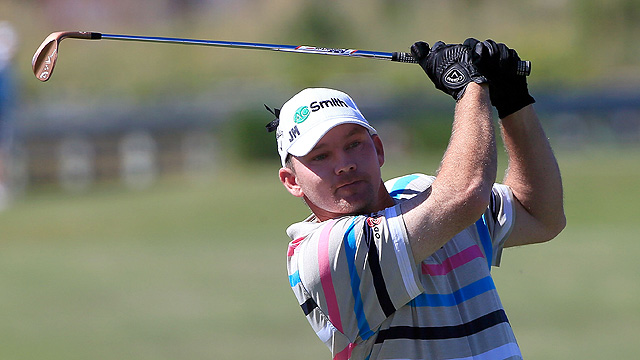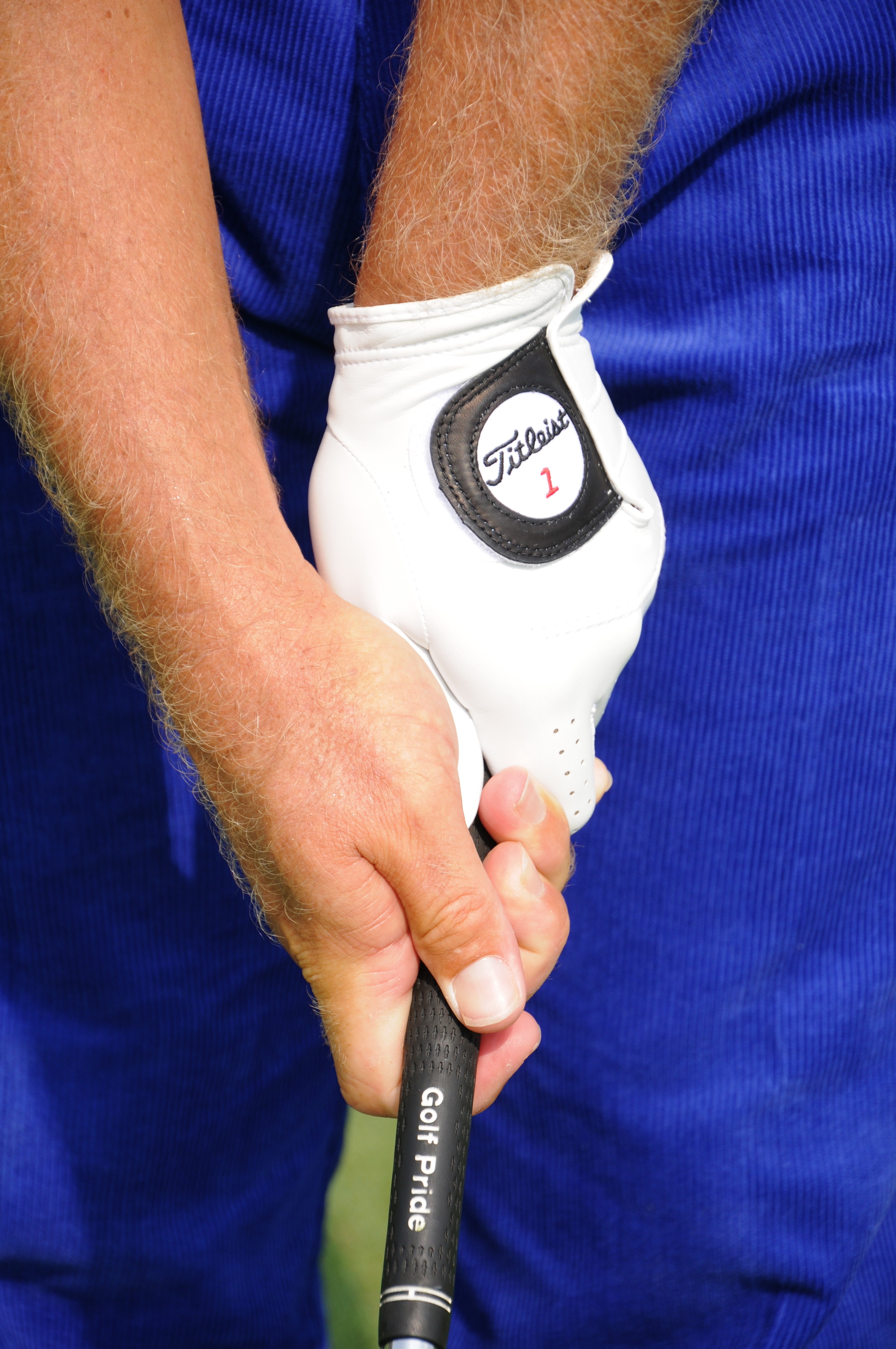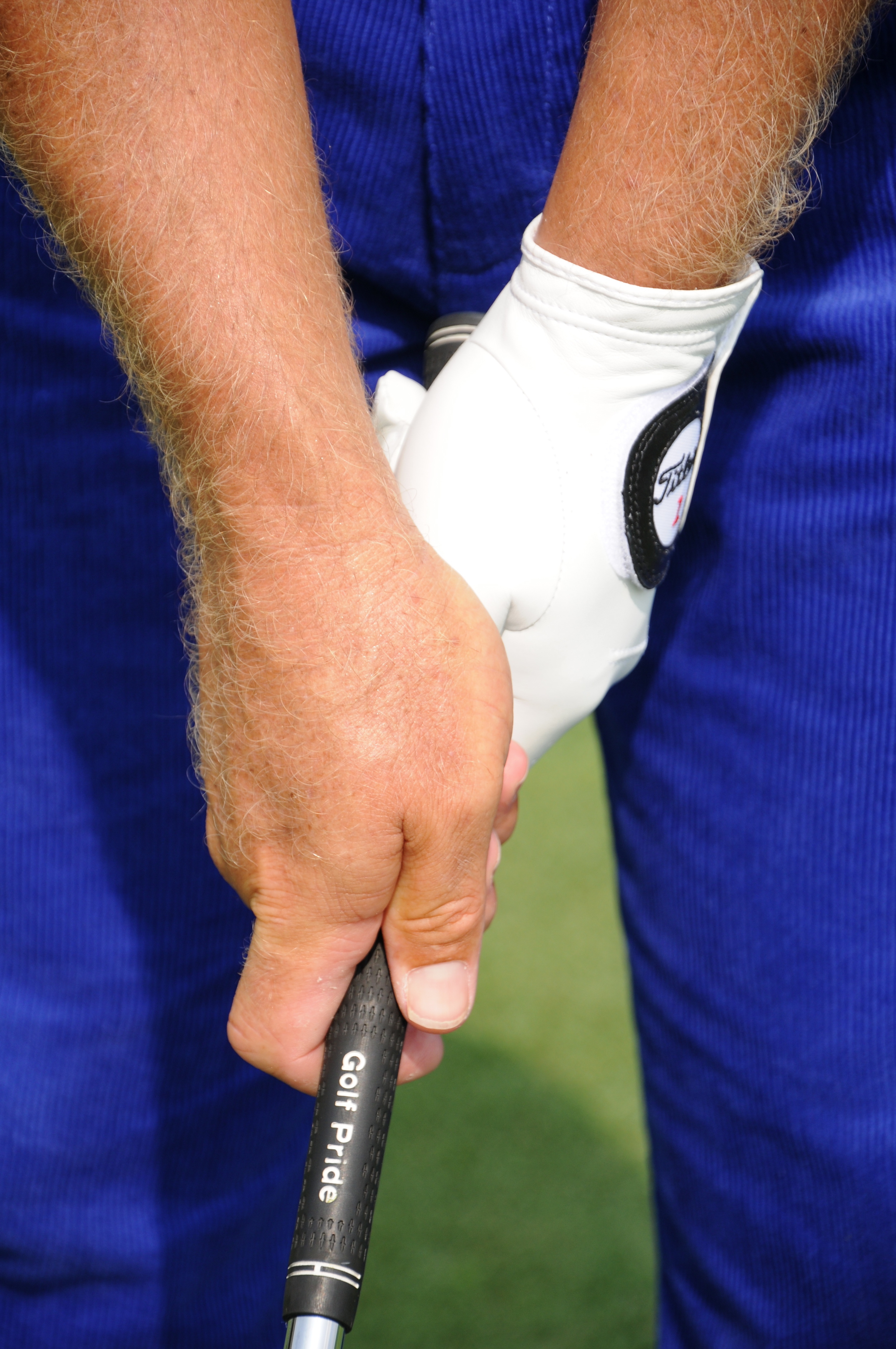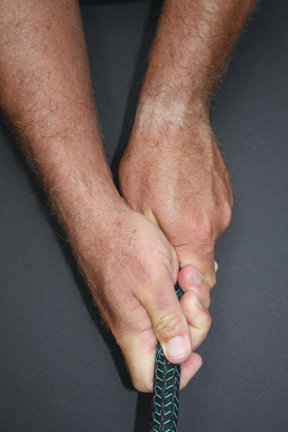Form vs. Function
/ Long ago I came to realize that much of modern day golf instruction is based primarily around instructor style preference. Way too much of the information being peddled is form based instead of being function based. Tommy 'Two Gloves' Gainey's win this weekend on the PGATour illustrates that there is more to a golf swing than simply what meets the eye.
Long ago I came to realize that much of modern day golf instruction is based primarily around instructor style preference. Way too much of the information being peddled is form based instead of being function based. Tommy 'Two Gloves' Gainey's win this weekend on the PGATour illustrates that there is more to a golf swing than simply what meets the eye.
In studying the top golfers of all time - no two swings are alike. Who is to say that Ben Hogan's flat plane is better than Jack Nicklaus' vertical arm move? Who is to say that Sam Snead's slight over the top move was better than Nick Price's drop down transition?
Ultimately it all comes down impact and physics - the forces and angles you are causing the club to impart on the golf ball. Impact is the one position in which all of the great players are decidedly similar. From Patty Berg to Annika and Tom Watson to Phil Mickelson - all these players assume a very similar position at impact. If this is the case, which, trust me, it is, then the appearance of the swing should play far less of a role in a golfer's path to improvement.
Here are the elements of a great impact position with irons:
- the weight is noticeably on the front foot; 80% or more
- the handle always leads the clubhead
- the head remains over the ball, while the hips have shifted to the target; this creates what I refer to as body 'curve'
- the clubhead travels down (downswing) into the ball; this includes fairway woods and hybrids
Here are two short videos to help:
The next time you take a lesson make sure your teacher works towards getting you into a better position at impact. It is the only way you are going to start hitting better, more compressed golf shots.




 This is the first in a four part series looking at the three primary factors that pertain to a solid impact position. They are:
This is the first in a four part series looking at the three primary factors that pertain to a solid impact position. They are:



